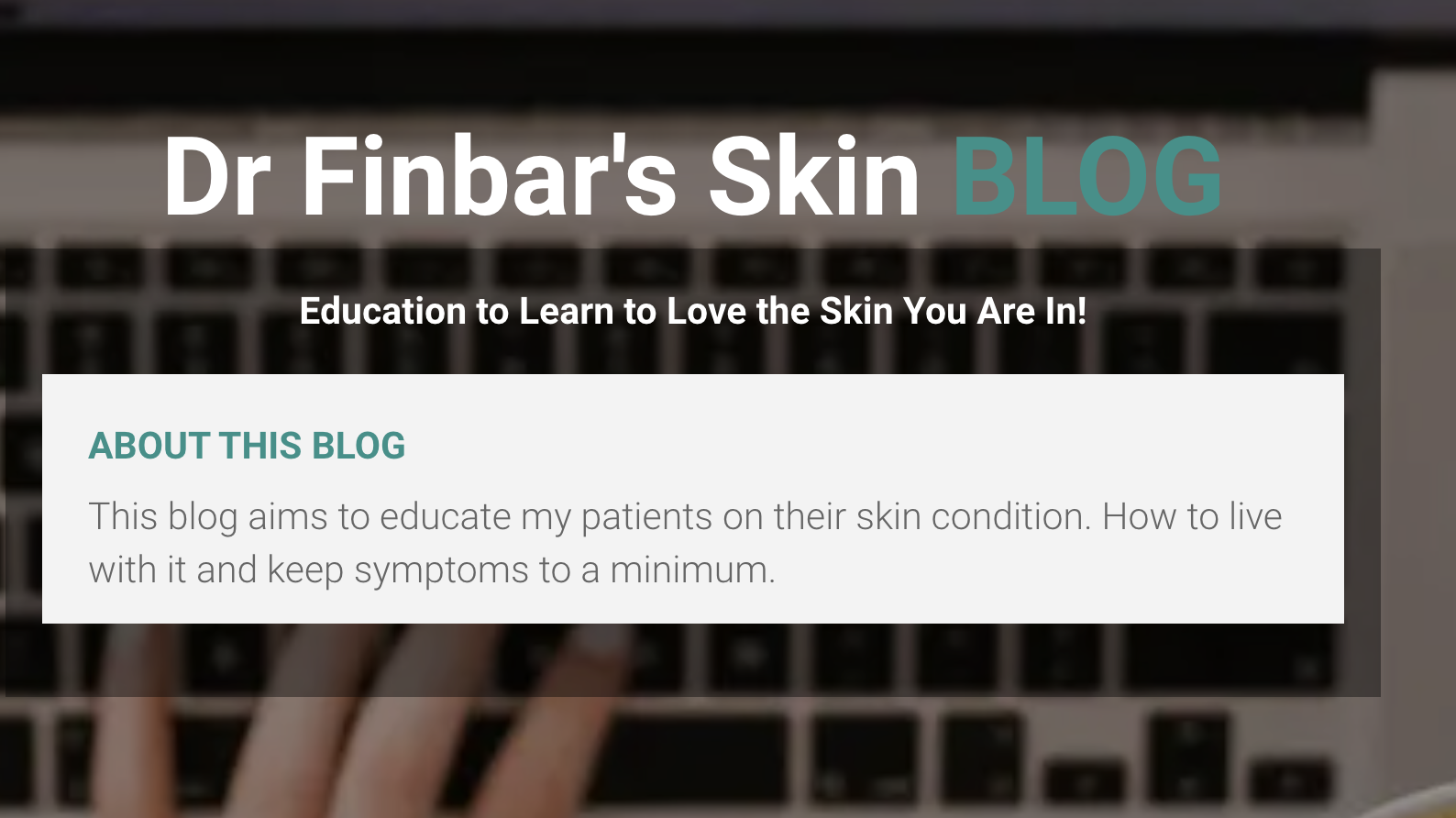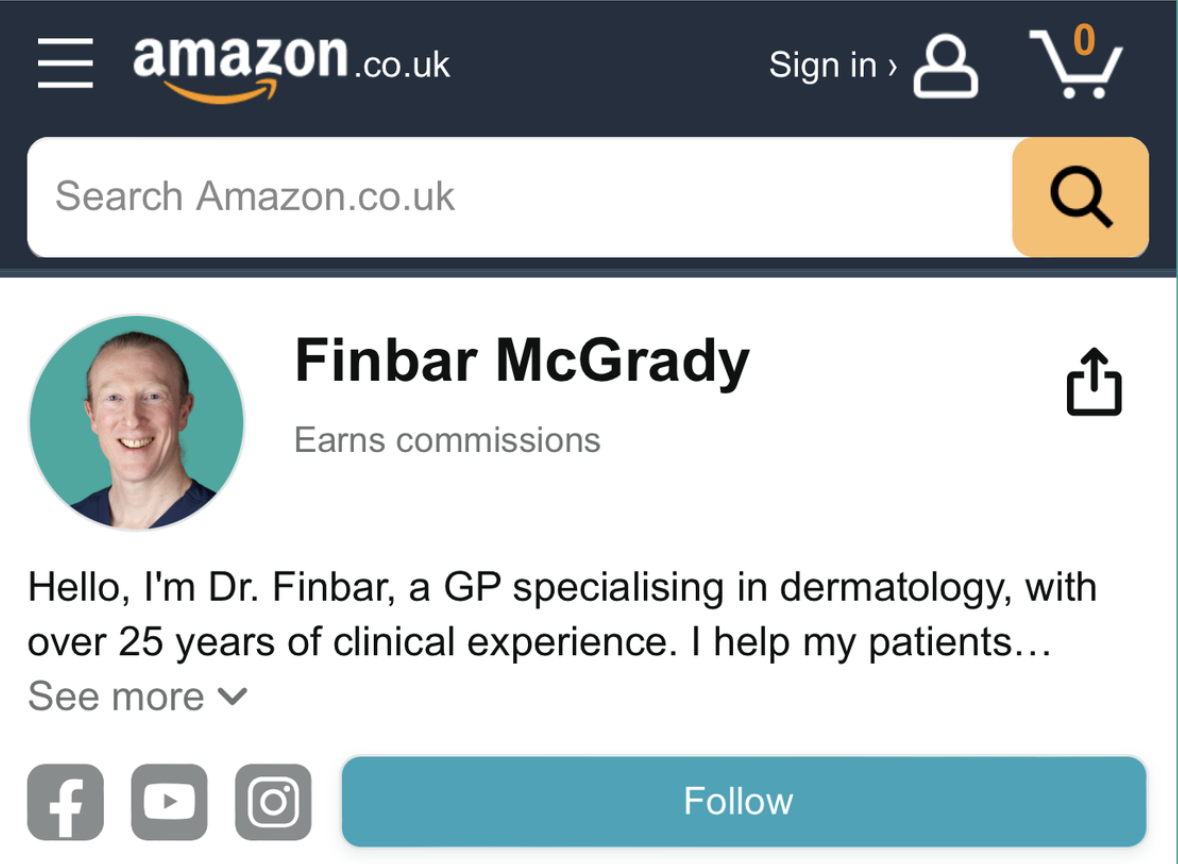Pyogenic Granuloma: What You Need to Know About This Bleeding Skin Lump
A sudden red lump on the skin can be worrying—especially if it starts to bleed or grow quickly. One possible cause is a pyogenic granuloma, a harmless but often bothersome skin growth.
I’m Dr. Finbar, a GP with a special interest in dermatology, and in this blog, I’ll explain what a pyogenic granuloma is, what causes it, and how we treat it safely and effectively.
What Is a Pyogenic Granuloma?
A pyogenic granuloma is a benign (non-cancerous) overgrowth of tiny blood vessels in the skin. It’s classified as a type of haemangioma.
These growths are:
-
Bright red, moist or shiny in appearance
-
Rapidly growing, usually reaching 1 cm or less
-
Prone to bleeding—even minor knocks can cause a lot of bleeding
-
Not painful, but often inconvenient and distressing
Despite the name, they are not caused by infection, not contagious, and not cancerous. However, because they can resemble dangerous skin cancers like squamous cell carcinoma (SCC) or nodular melanoma, it’s important to have them professionally assessed.
What Causes Pyogenic Granulomas?
The exact cause isn’t always clear. Many appear spontaneously, but they can also develop after minor skin injuries. Common sites include:
-
Fingers and toes
-
Face and scalp
-
Around the mouth
-
Sites of recent wounds or irritation
They’re more common in:
-
Children and young adults
-
Pregnant women, due to hormonal changes
What Do They Look Like?
A typical pyogenic granuloma:
-
Is bright red or reddish-brown
-
Has a shiny, moist surface that can crust over
-
Protrudes slightly or sits on a stalk
-
Often bleeds easily and may produce yellowish crusts
Common Symptoms
Most people find pyogenic granulomas more annoying than painful. However, their location can make them problematic—especially on fingers, where they interfere with daily activities, or on the face, where bleeding and visibility can cause distress.
How Are Pyogenic Granulomas Diagnosed?
Most are diagnosed clinically—meaning by their appearance and history. A dermatoscope can help with diagnosis by providing a clearer view of the lesion.
If there’s any doubt, especially if the lesion is larger, rapidly growing, or unusual in appearance, we may recommend a biopsy—removing it under local anaesthetic and sending it for testing to rule out skin cancer.
How Are They Treated?
✅ Some may shrink over time, but most benefit from active treatment.
Common treatment options include:
1. Cryotherapy (freezing with liquid nitrogen)
Useful for small lesions. May need repeated treatments.
2. Curettage and Cautery
This involves numbing the area, scraping the lesion off, and sealing the base to prevent further bleeding. It’s quick and effective.
3. Timolol or Topical Corticosteroid Creams
Can be helpful for children to avoid surgery.
4. Table Salt Treatment
Endorsed by the UK’s Primary Care Dermatology Society:
-
Apply Vaseline to protect surrounding skin.
-
Cover the PG with table salt and apply a dressing.
-
Repeat daily.
-
If there’s no improvement within 2 weeks, contact your GP for reassessment.
5. Less Common Options
These may be considered in specialist settings:
-
Steroid injections
-
Imiquimod (Aldara) cream
-
Silver nitrate
-
Laser therapy
I’ve rarely needed to use these in my clinic, but they can be effective in resistant or hard-to-reach cases.
What Happens After Treatment?
After curettage and cautery or cryotherapy, the area typically scabs over and heals like a cut. There may be a small scar, but in children especially, this often fades well.
In Benny’s case, we expect his skin to heal beautifully given his age—and most importantly, he’s no longer distressed by the constant bleeding.
Final Thoughts
A pyogenic granuloma may not be harmful, but it can certainly disrupt daily life—especially if it bleeds frequently or is in a tricky location. Fortunately, there are effective treatments available, and with the right care, healing is usually straightforward.
If you’ve noticed a rapidly growing red lump that bleeds easily, don’t ignore it—get it checked. Early diagnosis helps rule out anything more serious and gets you on the right path to treatment.

Share this post on:
Copyright © 2024 Dr Finbars' Skin Clinic All rights reserved.



